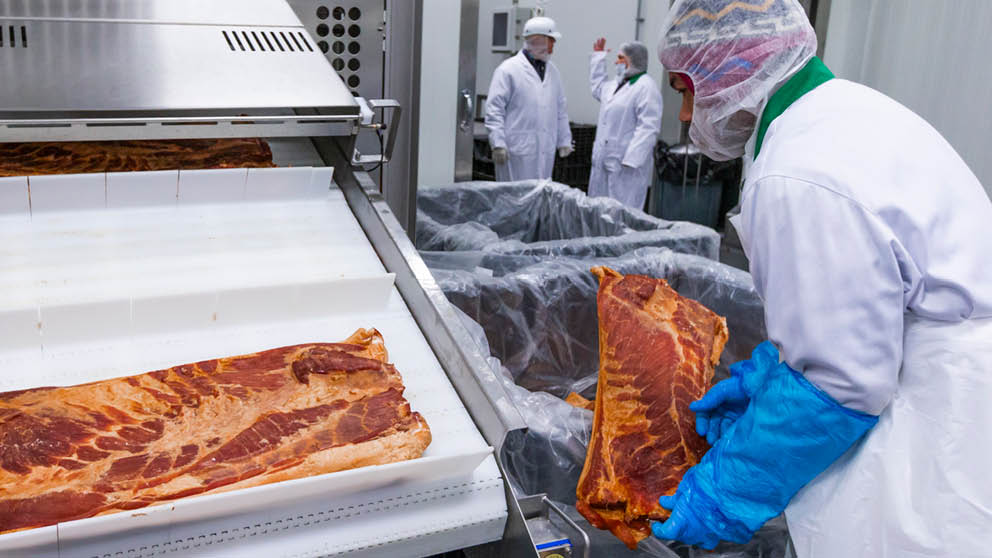Hiring smart: Using labour market indicators for better HR

Labour challenges remain a paramount concern of food and beverage processors. With an aging population, the need to have effective recruitment and retention strategies will only intensify. However, commonly reported labour market indicators can provide insights into current and future workforce trends, helping businesses address recruitment, retention, and workforce planning challenges.
Here are four common labour market indicators and how you can use the data to respond to the challenges posed:
1. Employment growth projections
Industry organizations like Food Processing Skills Canada conduct regular surveys of the workforce needs of the Canadian food and beverage processing industry. For example, a recent report on workforce projections estimates that food and beverage manufacturers must hire over 90,000 people between 2023 and 2030. This will comprise expected industry growth and replacement demand, such as new workers replacing an aging workforce. Knowledge of these growth projections indicates the importance of strategic hiring plans to meet the demand for skilled workers.
2. Job vacancy rates
Statistics Canada surveys and reports job vacancy rates by industry sector and province monthly. The rate is calculated by dividing the number of vacant positions by the total demand for workers, so occupied and vacant positions. Reaching a high of 6% for food manufacturing coming out of Covid, Statistics Canada reports steadily falling rates (to the 4% range) in recent quarters. Other sources, such as Food Processing Skills Canada, report much higher vacancy rates – 17% in 2023 – and characterize it as a vacancy crisis.
Labour market indicators can provide insights into current and future workforce trends.
High and rising job vacancy rates indicate a strong labour market and more challenging conditions for hiring and retaining workers. Businesses will have to compete harder to recruit and keep workers. This would typically lead to upward pressure on the wages offered to new employees and the need for retention tactics to reduce turnover. It can also lead to increased efforts to implement automation and technology solutions.
3. Unemployment rates
Unemployment rates are another indicator businesses can use to assess the availability of potential workers in the market. Unemployment rates are defined as the percentage of workers unemployed and actively seeking work as a percentage of the total working-age population. Statistics Canada reports monthly rates overall and by sector. Food manufacturing typically has significantly lower unemployment rates than the national average, reflecting relatively stronger demand for labour within that sector. Low unemployment rates signal a competitive job market, prompting companies to enhance their employee value propositions.
4. Workforce demographics
A significant demographic challenge is the aging workforce. In 2024, an estimated 24% of employees are aged between 55 and 64 and will be eligible for retirement within the next decade. Many food and beverage businesses operate in rural areas, making it difficult to attract workers who are willing to relocate. This geographical challenge limits the available labour pool. Strategies such as offering relocation incentives or utilizing the Temporary Foreign Worker Program can help mitigate this.
Moving forward
Food and beverage processors can implement strategic human resources initiatives to address these labour force challenges. Here are some examples:
-
Educational partnerships and apprenticeship programs: Companies partner with educational institutions to create pipelines of graduates with industry-specific knowledge.
-
Incentives and promotions: Offer bonuses, promotions, and other rewards that can motivate employees to stay with the company longer, thereby reducing turnover rates.
-
Career progression opportunities: Provide training and development programs and clear pathways for career advancement to help retain skilled employees.
-
Investment in automation and productivity improvement: Labour shortages can incent businesses to automate more processes and make gains in productivity.
Article by: Alan Archibald
link





